What kind of company is Cisco?
Update time:2025-04-16
About Cisco
• The name "Cisco" is derived from San Francisco, and its logo features the Golden Gate Bridge, an iconic landmark of the city.
• Cisco Systems was founded by a married couple who were Stanford University faculty members. They designed a networking device called the "multi-protocol router" for Stanford’s campus network, which integrated incompatible computer LANs into a unified network. This device is considered a landmark invention that marked the true arrival of the networking era.
• Today, Cisco Systems is recognized as the global leader in networking solutions. Its technologies serve as the foundation for the internet in thousands of companies, universities, enterprises, and government agencies worldwide. Customers span industries such as telecommunications, finance, retail, and services, as well as public sector and educational institutions. Additionally, Cisco plays a pivotal role in internet infrastructure—nearly 80% of global internet traffic flows through Cisco’s products. Without a doubt, Cisco stands as the undisputed leader in networking.
Business Scope of Cisco
Cisco’s operations cover nearly every aspect of network infrastructure, including:
• Networking hardware such as routers, switches, and other devices for internet and data transmission.
• Research, development, and sales of data communications, electronics, software, and networking technologies/products.
• Consulting, testing, training, transfer, repair, and maintenance services for computer network systems and information systems.
• Network system integration, project management, operations, and related support services.
• Basic and application software services.
• Wholesale and import/export of electronics, computer software/hardware, network integration products, and related components.
Business Model of Cisco
1.Growth Through Strategic Acquisitions
In its early stages, Cisco drove innovation and expanded its value chain by acquiring companies to maintain its technological leadership. As an equipment supplier, mastering cutting-edge technology is critical, but no single company can invent everything. Former CEO John Chambers believed that the best way to acquire innovation was through acquisitions. His ideal strategy was to buy startups developing groundbreaking products that could be launched within 6–12 months, then rapidly scale them through Cisco’s established distribution channels. Between 1993 and 2008, Cisco completed 130 domestic and cross-border acquisitions.
2.Core Business Operations
·Telecommunications Equipment
·Solution Provision: Design and planning for telecom infrastructure.
·Professional Training: Technical support and specialized training services for partners in network
maintenance, optimization, and more.
3.Diversified Product Lines & Key Focus Areas
Through R&D and acquisitions, Cisco has expanded its offerings into three strategic domains:
·Borderless Networks: Includes traditional routing/switching products, security, wireless, and other network infrastructure solutions.
·Unified Communications: Integrates IP telephony, video conferencing, and media distribution to enable seamless, real-time collaboration.
·Data Center & Virtualization: Features the Nexus series of data center switches and the Unified Computing System (UCS), which breaks geographical limits of traditional data storage and delivers virtualization, mobility, and AI-driven efficiency.
4.Streamlined Organizational Focus
Cisco has consolidated its sales, services, and technical divisions to prioritize five key areas:
·Core routing, switching, and services
·Collaboration
·Data center virtualization & cloud computing
·Video
·Enterprise architecture transformation.
Global sales operations are divided into three regions:
·Americas
·Europe/Middle East/Africa (EMEA)
·Asia Pacific/Japan/Greater China.
While maintaining regional management, Cisco continues to focus on major customer segments (enterprises, telecom operators) and partners, with dedicated teams overseeing these relationships
Revenue Model
Currently, Cisco has over 30 Gold Certified, 40+ Silver Certified partners, 400+ Premier Certified partners, and 4,000+ authorized distributors. As a value-added network integrator, Cisco's primary sources of revenue and profit include:
1. Controlling the Virtual Value Chain – Sharing profits or revenue splits with other participants in the value network.
2. Licensing & Royalties – Collecting fees for technology usage and intellectual property.
3. Shared Growth & Cost Savings – Collaborating with value network partners to increase revenue or reduce operational costs through joint efficiencies.
4.
Marketing Strategy Selection
1. Market Segmentation
Different customer groups have distinct value orientations toward products or solutions. Market segmentation helps identify buyers' diverse needs, enabling companies to sustain optimal profit growth. In China's network equipment and solutions market, customers can be segmented into five categories based on product requirements:
·Telecom operators
·Banking, financial, and insurance institutions
·Large enterprise clients
·Government and public institutions
·Small and medium-sized businesses (SMBs) and home users
2. Market Positioning
The core of marketing strategy is meeting customer needs through differentiated positioning for each target group:
(1) Telecom Market
·Traditional network upgrades: Focus on mature, long-lifecycle technologies with added value.
·Emerging services (mobile internet, cloud computing, data centers): Position as cutting-edge, high-performance solutions.
(2) Large Enterprise Market
·These clients are undergoing industrial optimization and IT integration. Positioning should emphasize technology and business model innovation, with moderate price competition.
(3) Banking/Finance & Government Sectors
·Stability, security, and advanced technology are critical. Positioning must align with these priorities.
(4) SMB & Home User Market
·Price sensitivity and regional demand variations are key. Positioning should prioritize regional coverage and cost-performance ratios.
3. Cost-Based Pricing Strategy
Cisco balances customer willingness-to-pay with production costs to ensure profitability. Strategies include:
·Adjusting pricing for products at different lifecycle stages.
·Continuously optimizing operational cost control.
·Enhancing customer experience through value-added services, reducing non-monetary costs (e.g., purchase-to-deployment time), and meeting convenience demands to justify premium pricing.
4. Convenience-Driven Distribution Strategy
Cisco’s channel strategy focuses on ease of purchase and usage:
·Building channels based on local user habits and support needs.
·Simplifying business models and expanding regional market coverage.
·Strengthening long-term strategic partnerships with clients.
5. Communication Strategy
Cisco fosters mutually beneficial relationships through proactive two-way engagement:
·Adapting to local cultural preferences in each target market.
·Enhancing sales-team-client interactions to align product capabilities with customer needs.
·Boosting customer satisfaction, loyalty, and ROI through tailored messaging.
Hot article
-
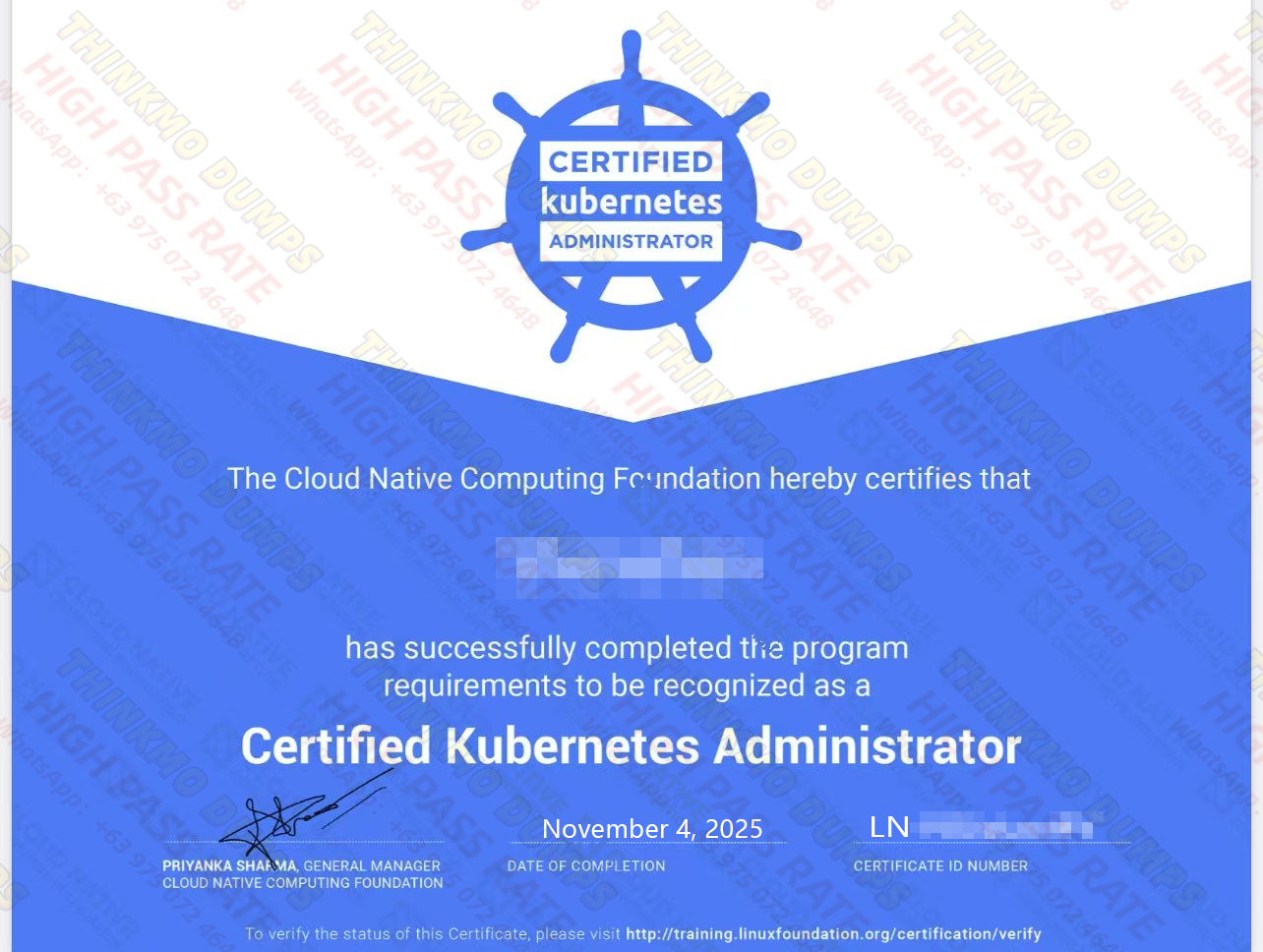 1
1 The "Dual-Certification Powerhouse" for IT Prof
上传:2025-11-08
-
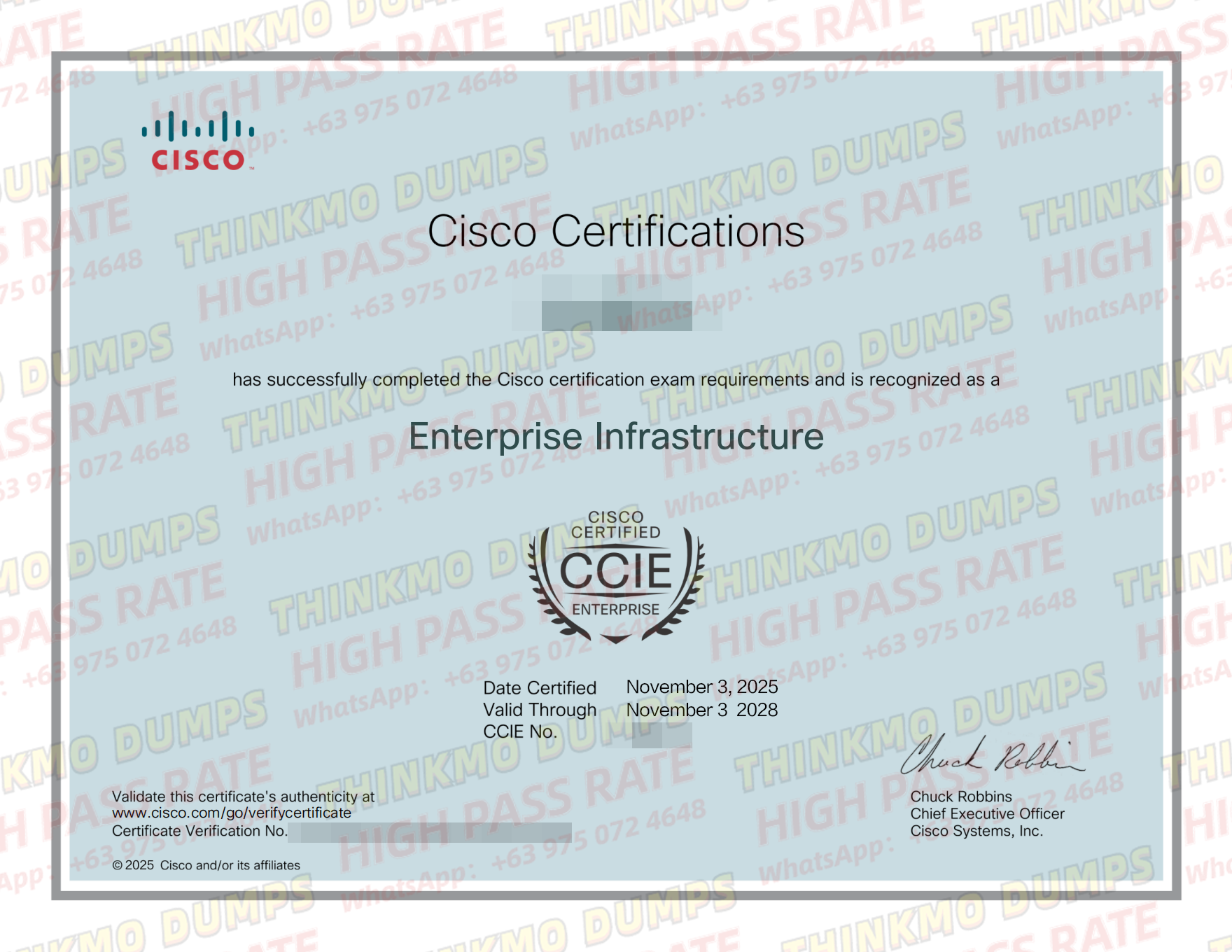 2
2 Cisco + Red Hat Certifications Dual Engine
上传:2025-11-07
-
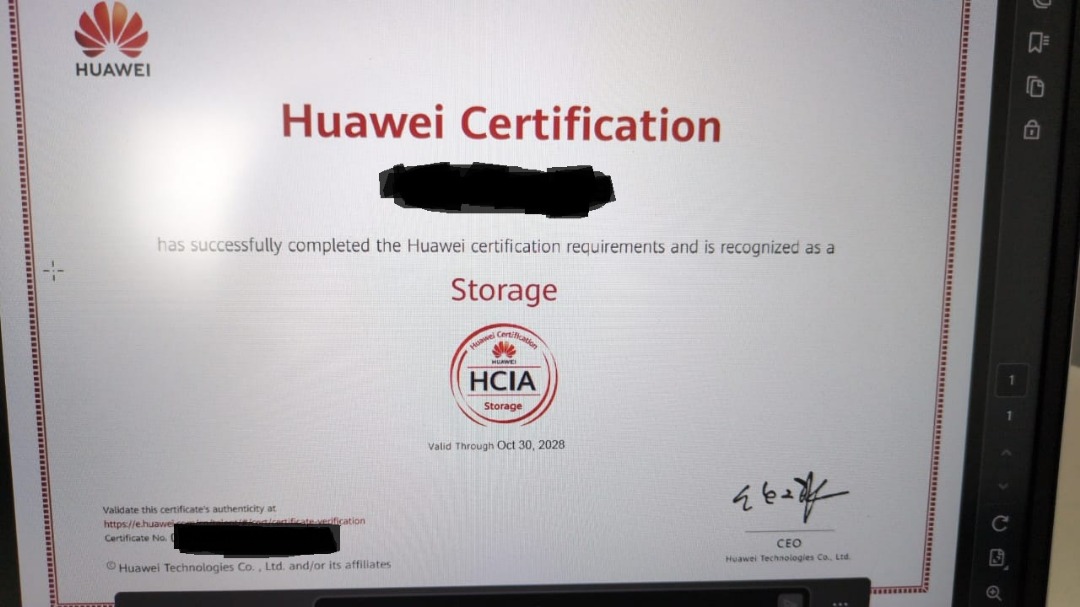 3
3 The Huawei + Cisco + K8S Skill Triangle
上传:2025-11-06
-
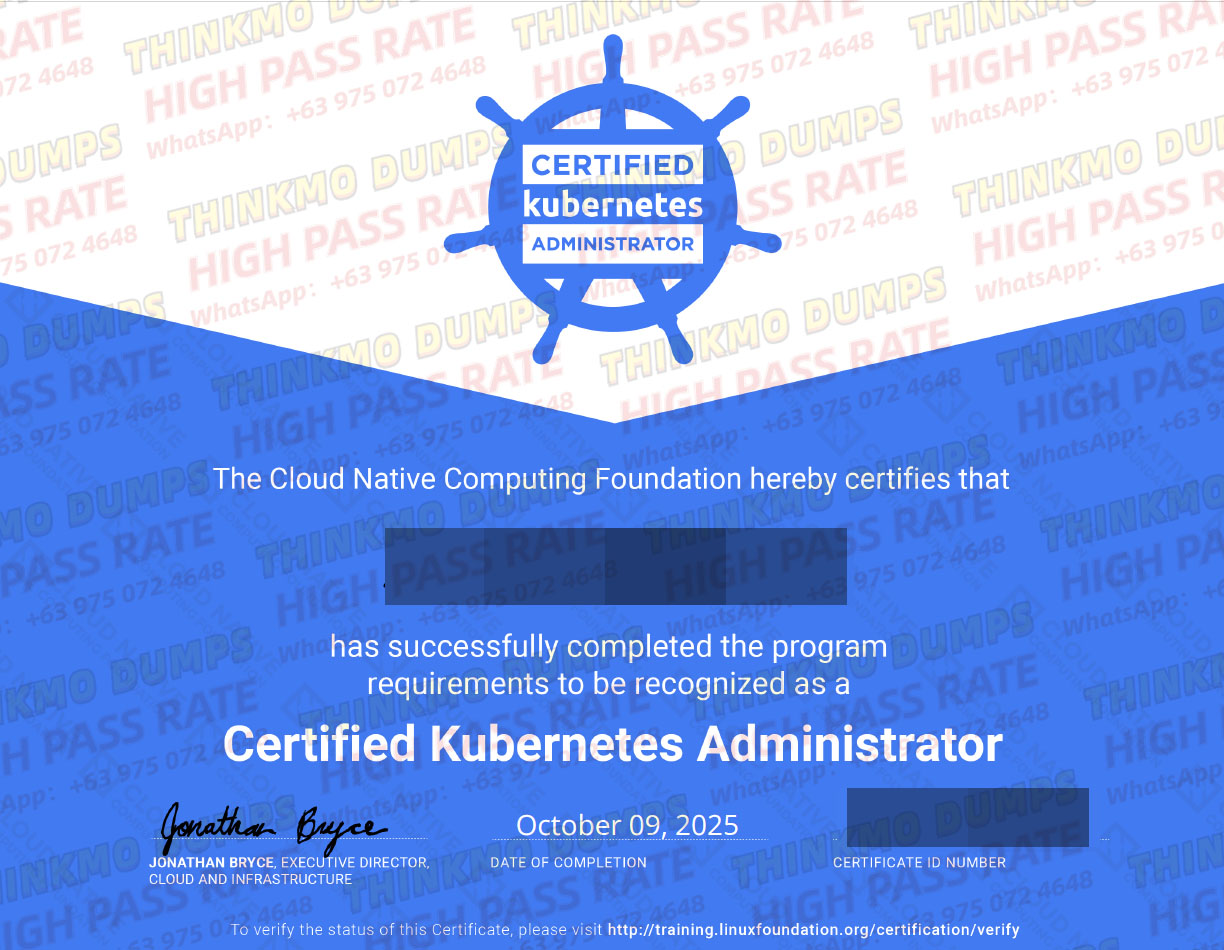 4
4 Huawei + Cisco + K8S: The "Golden Capability Tria
上传:2025-11-05
-
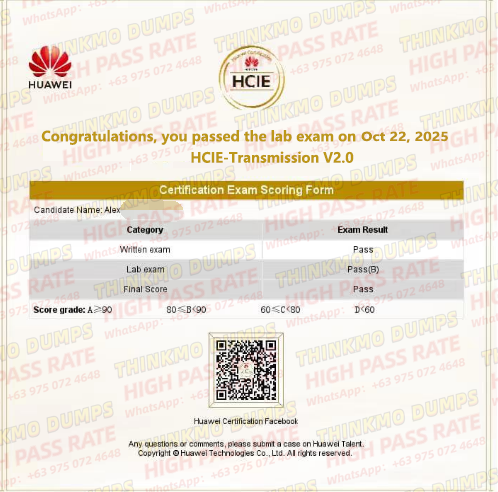 5
5 Kubernetes + Huawei Certification + Python Tech Tri
上传:2025-11-04








